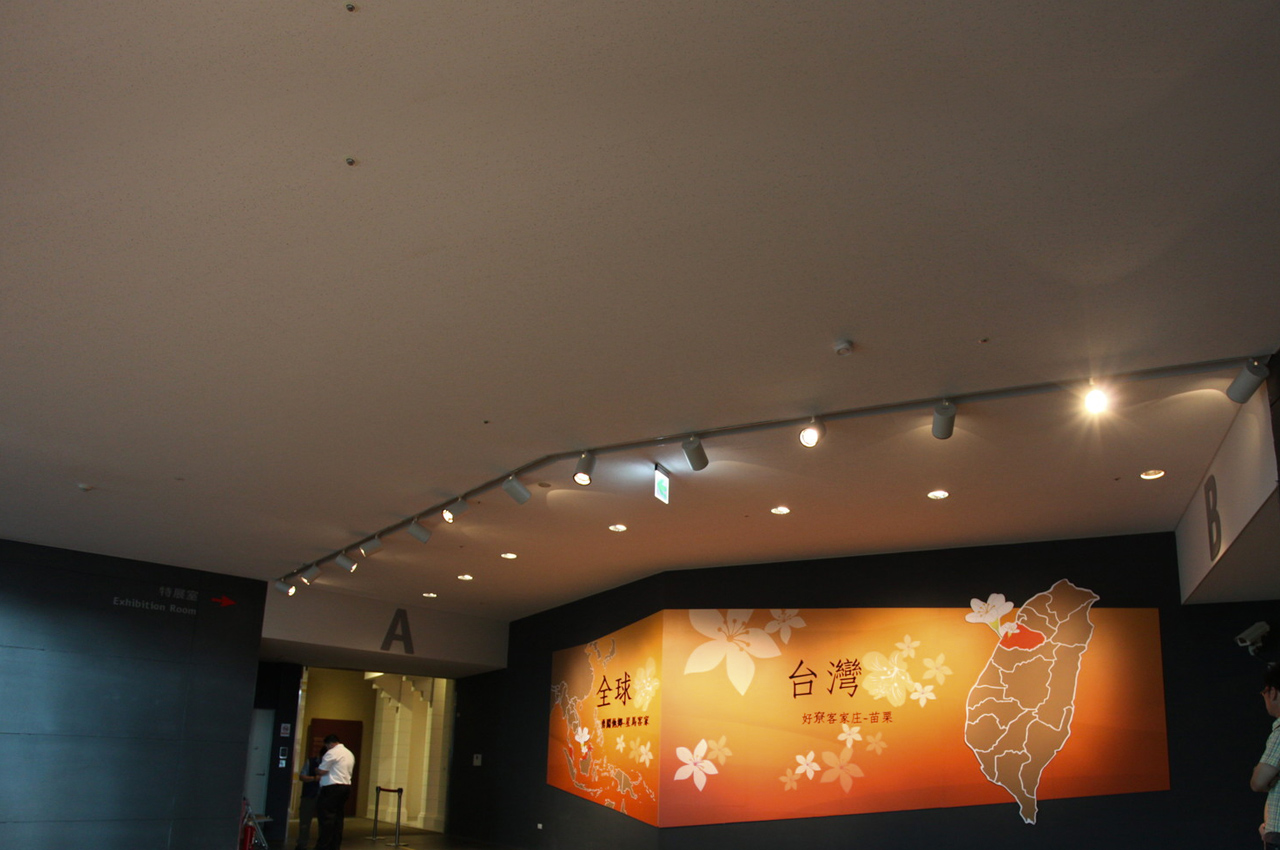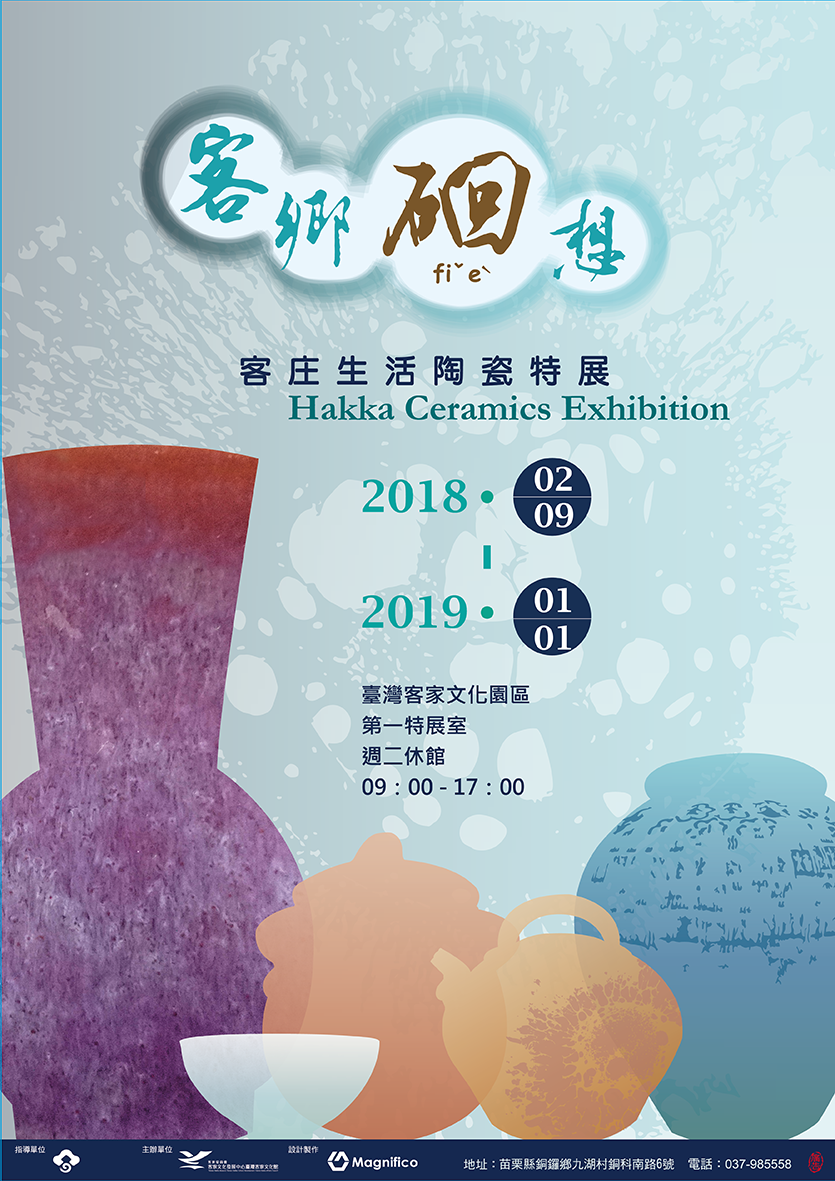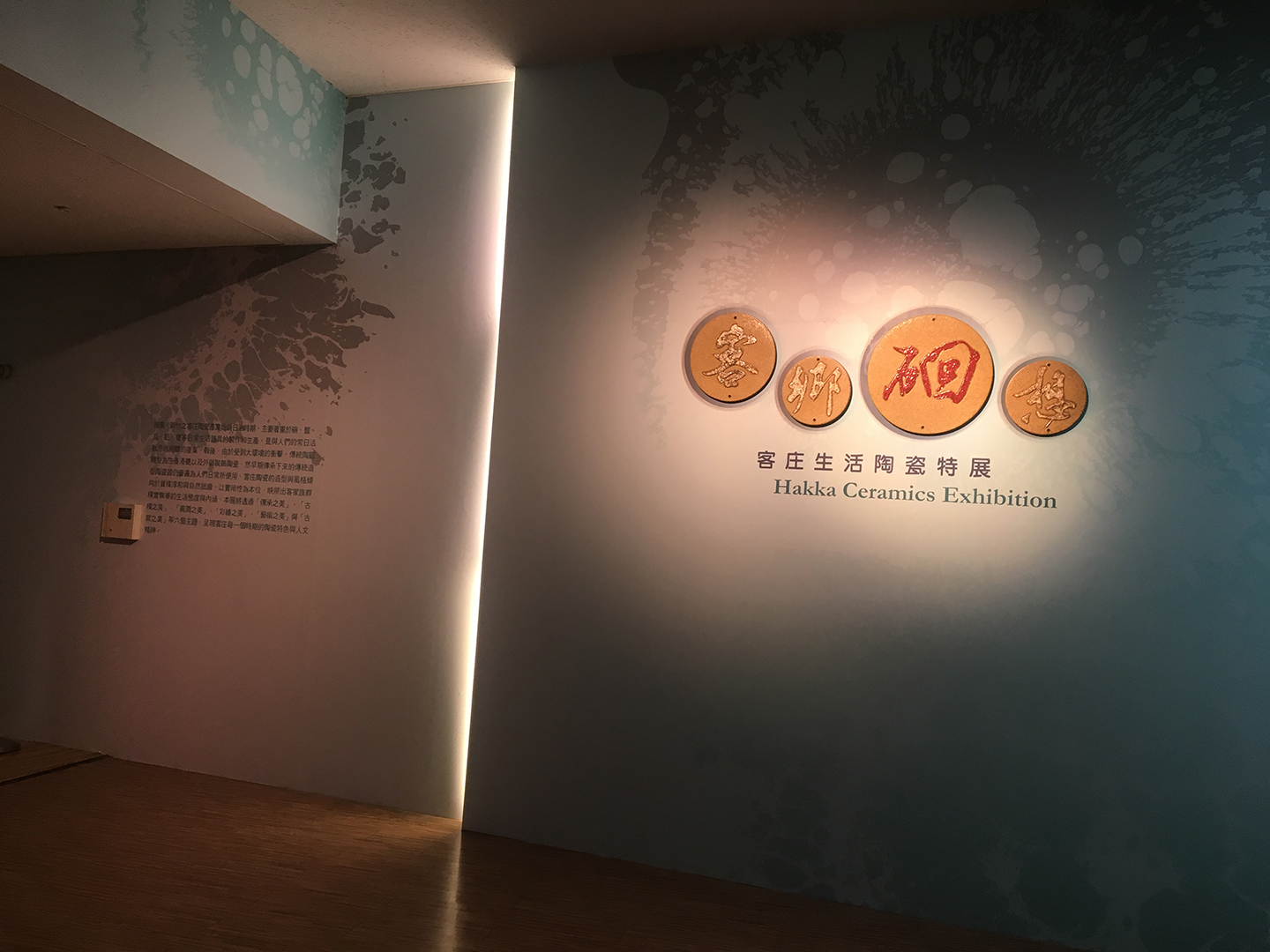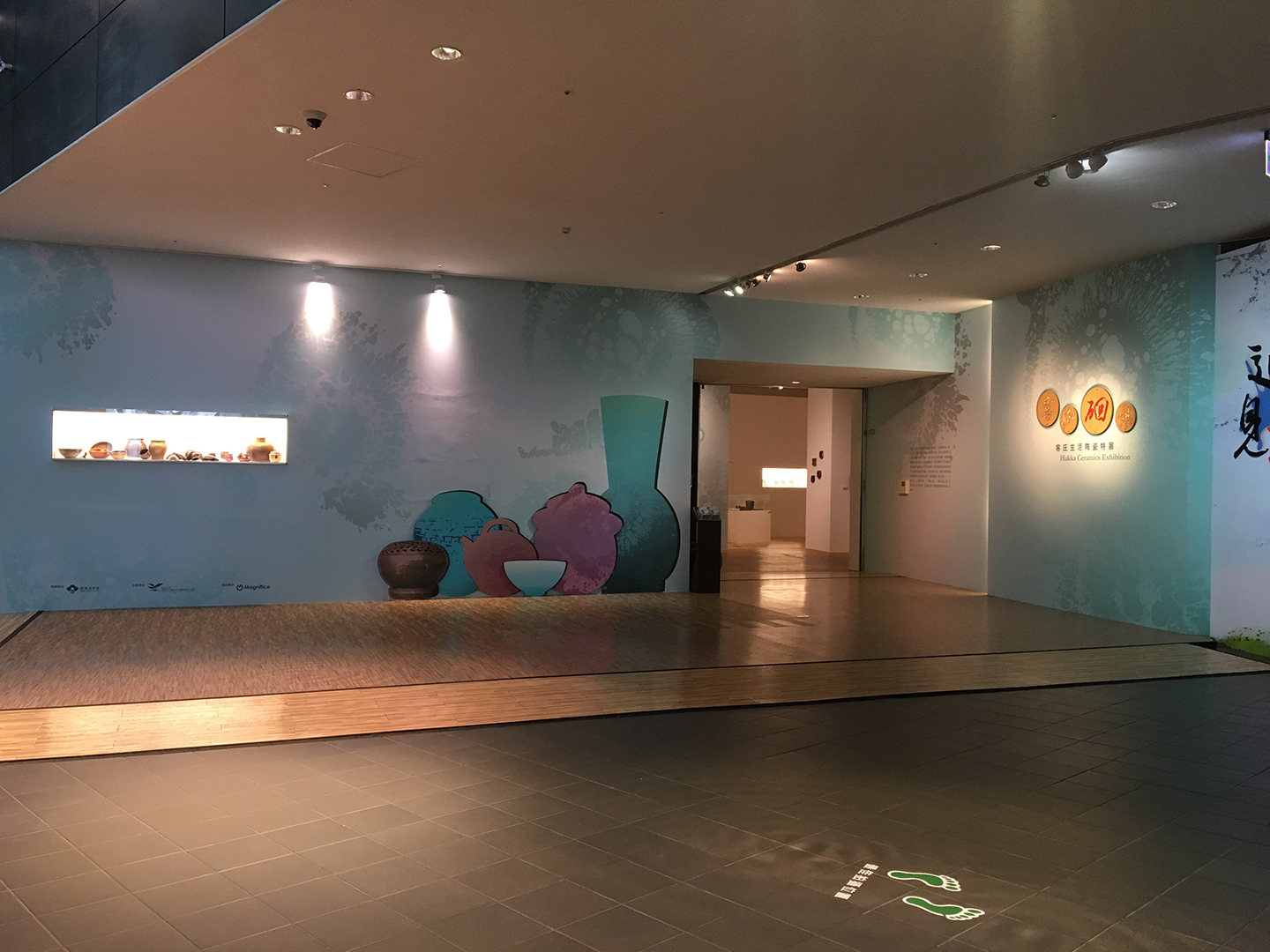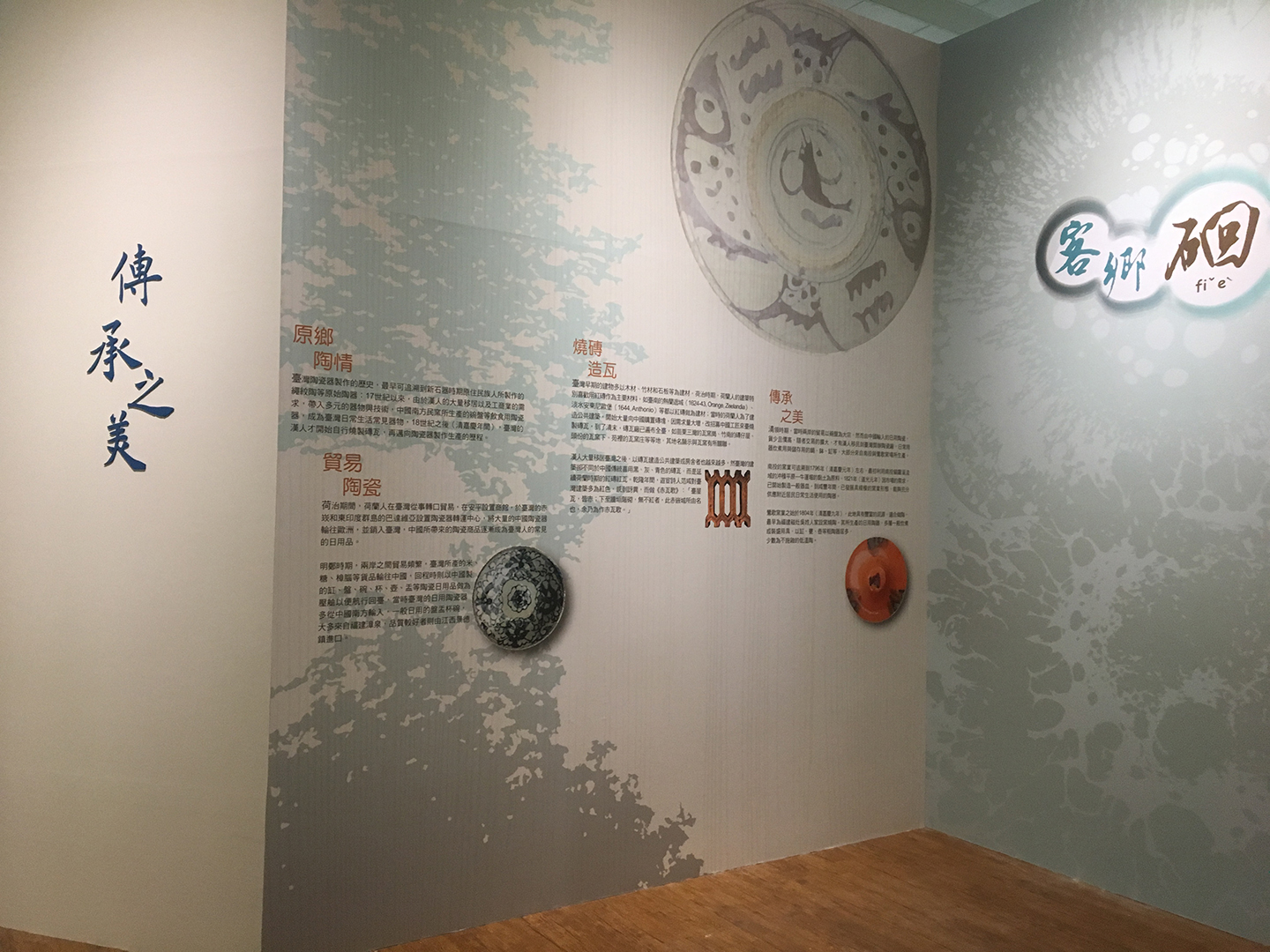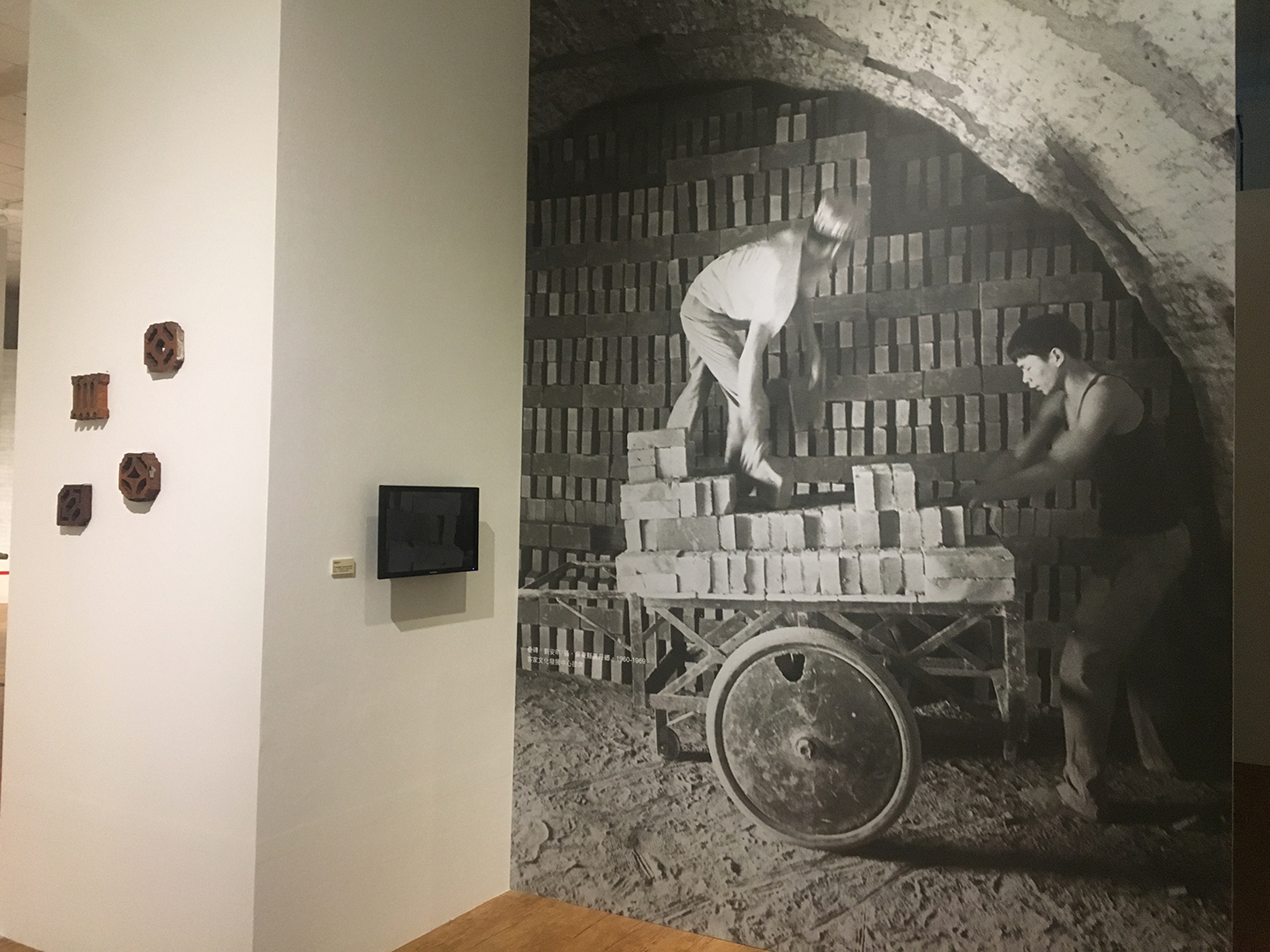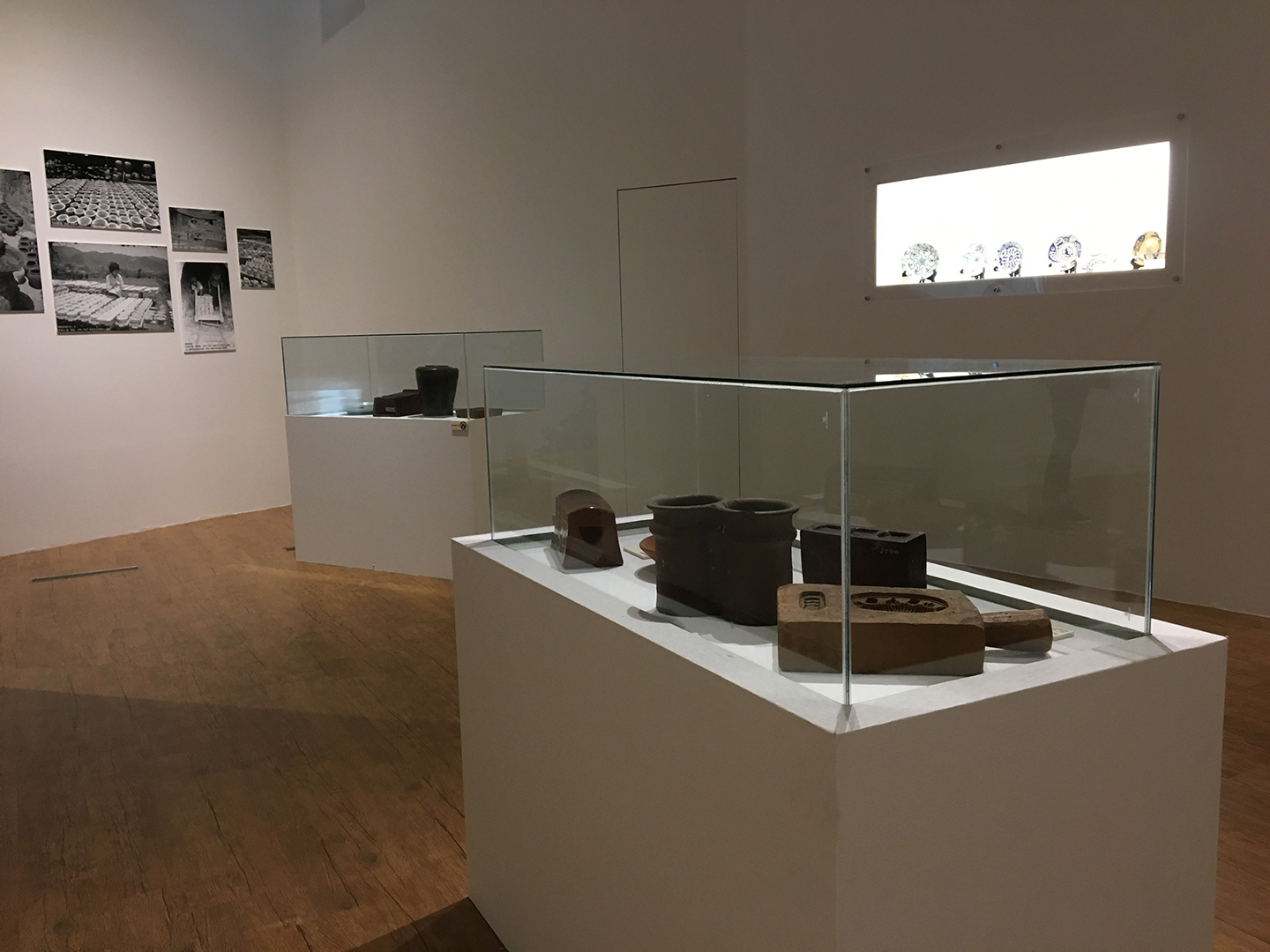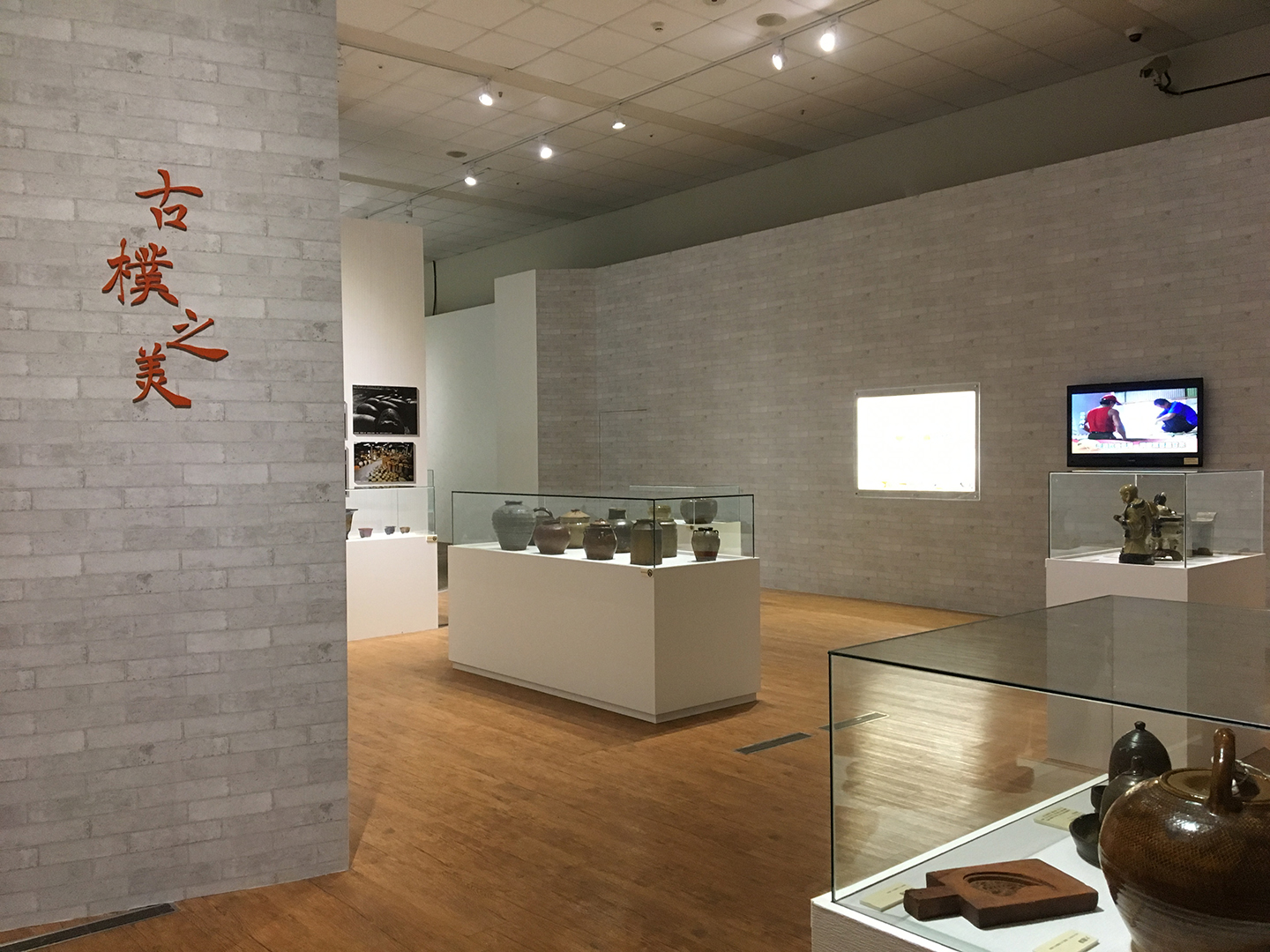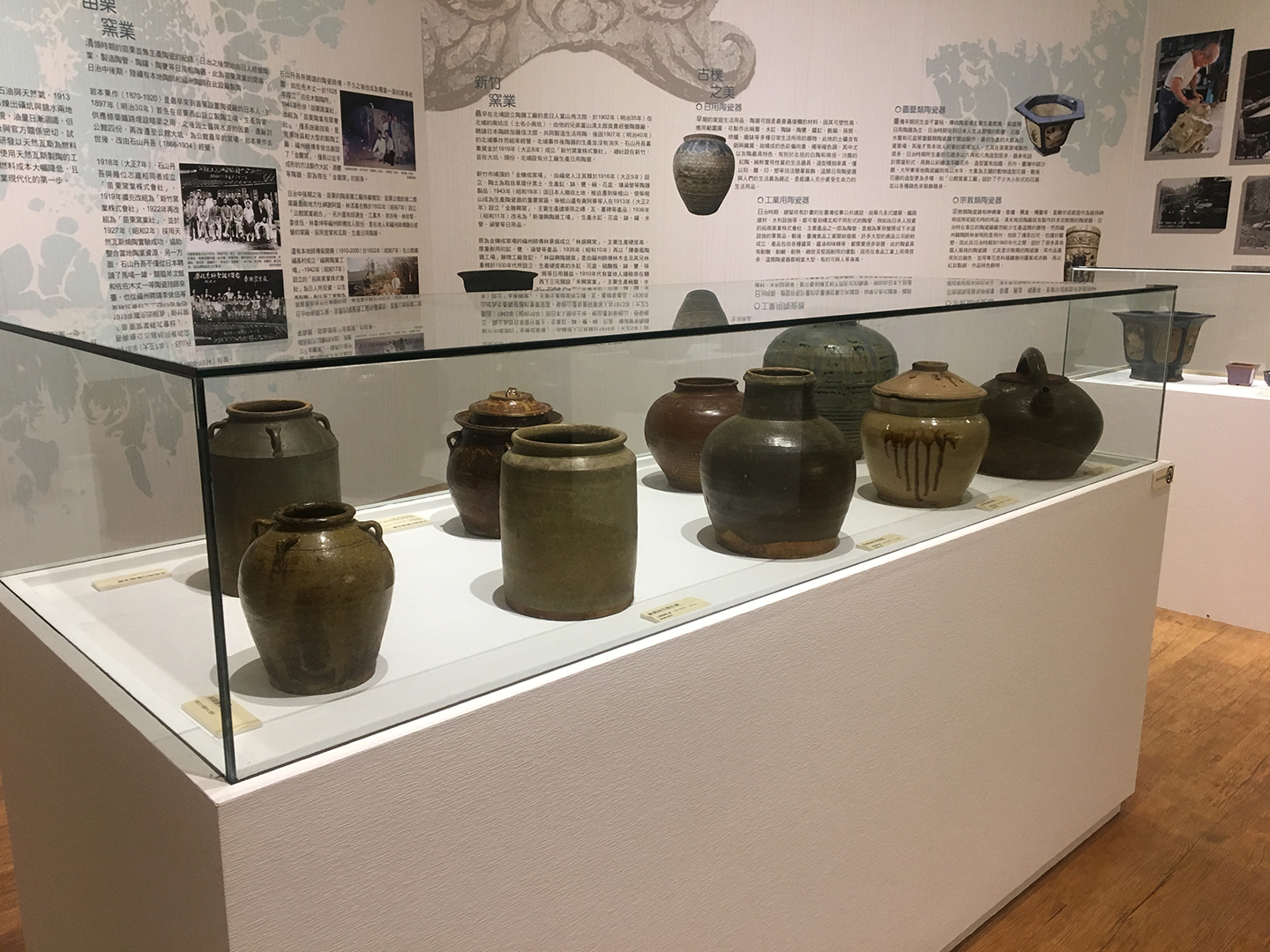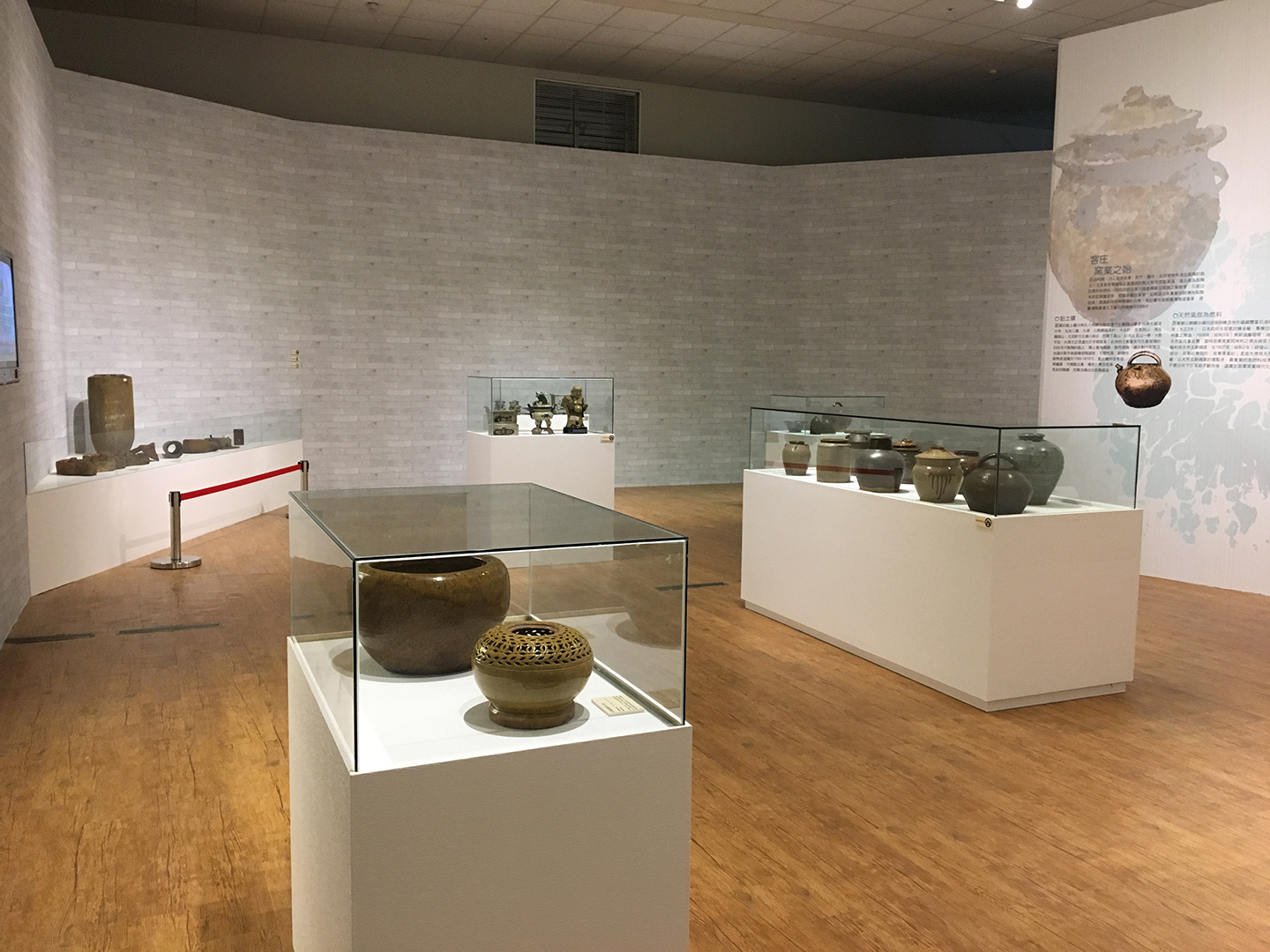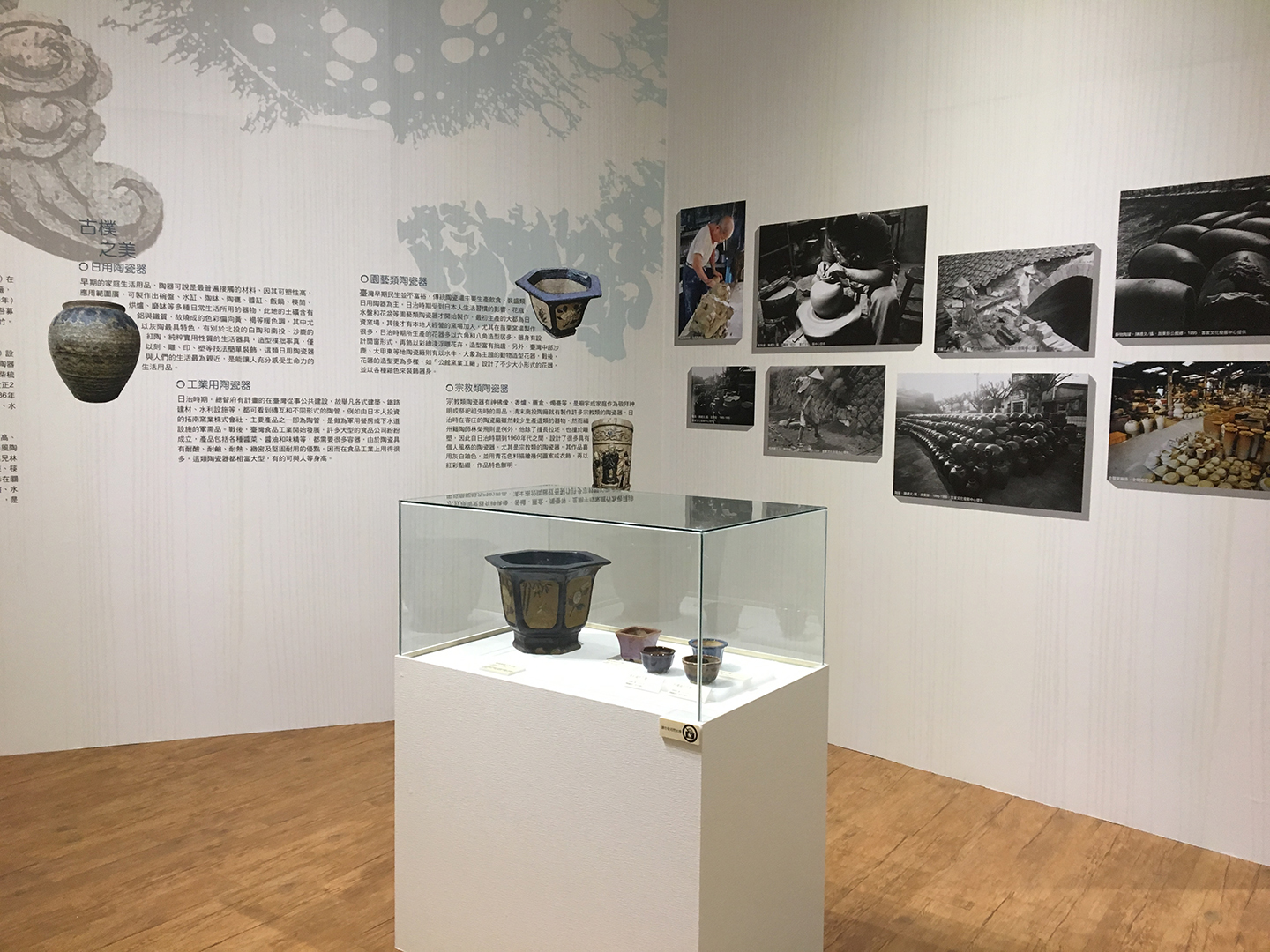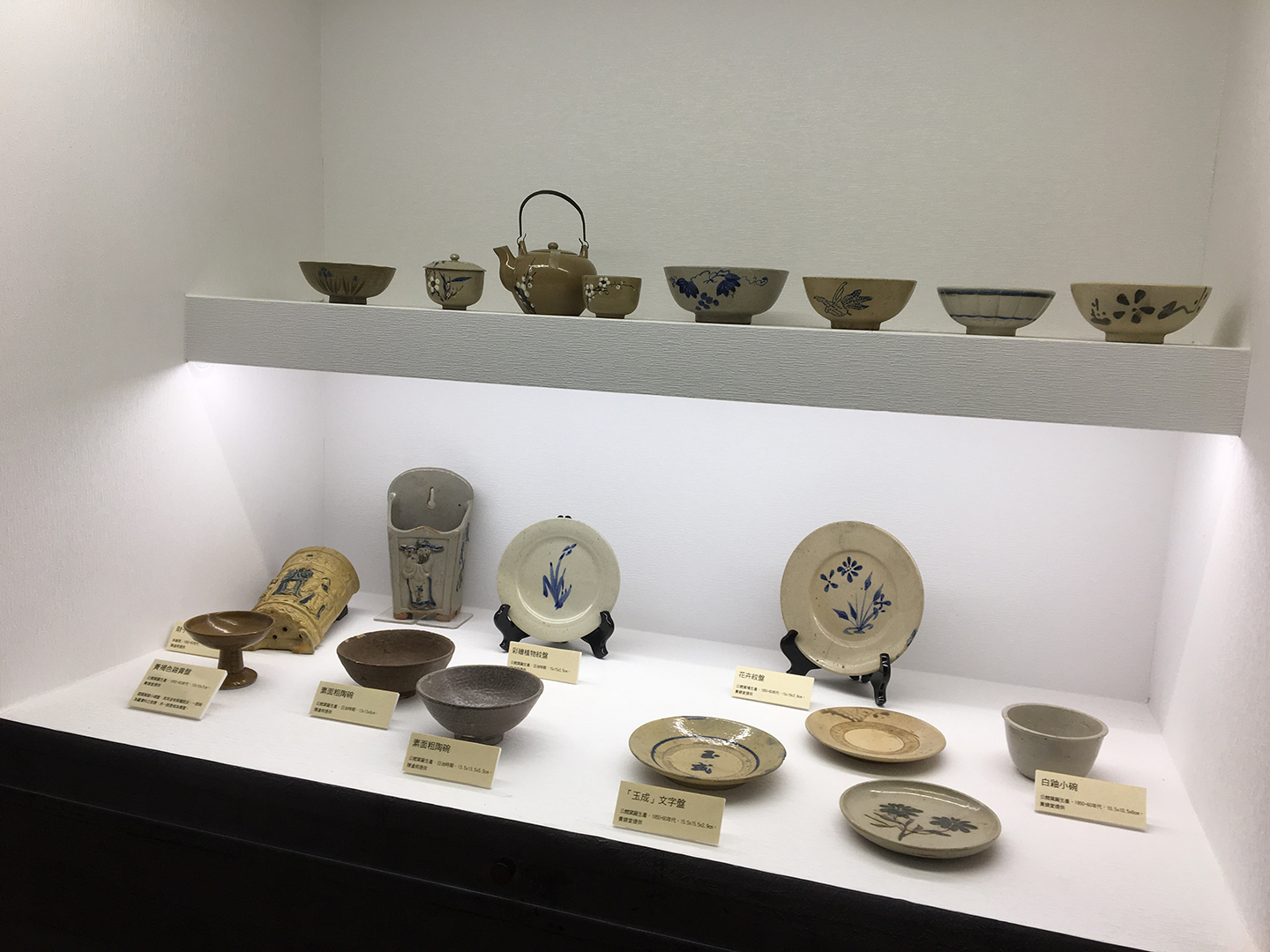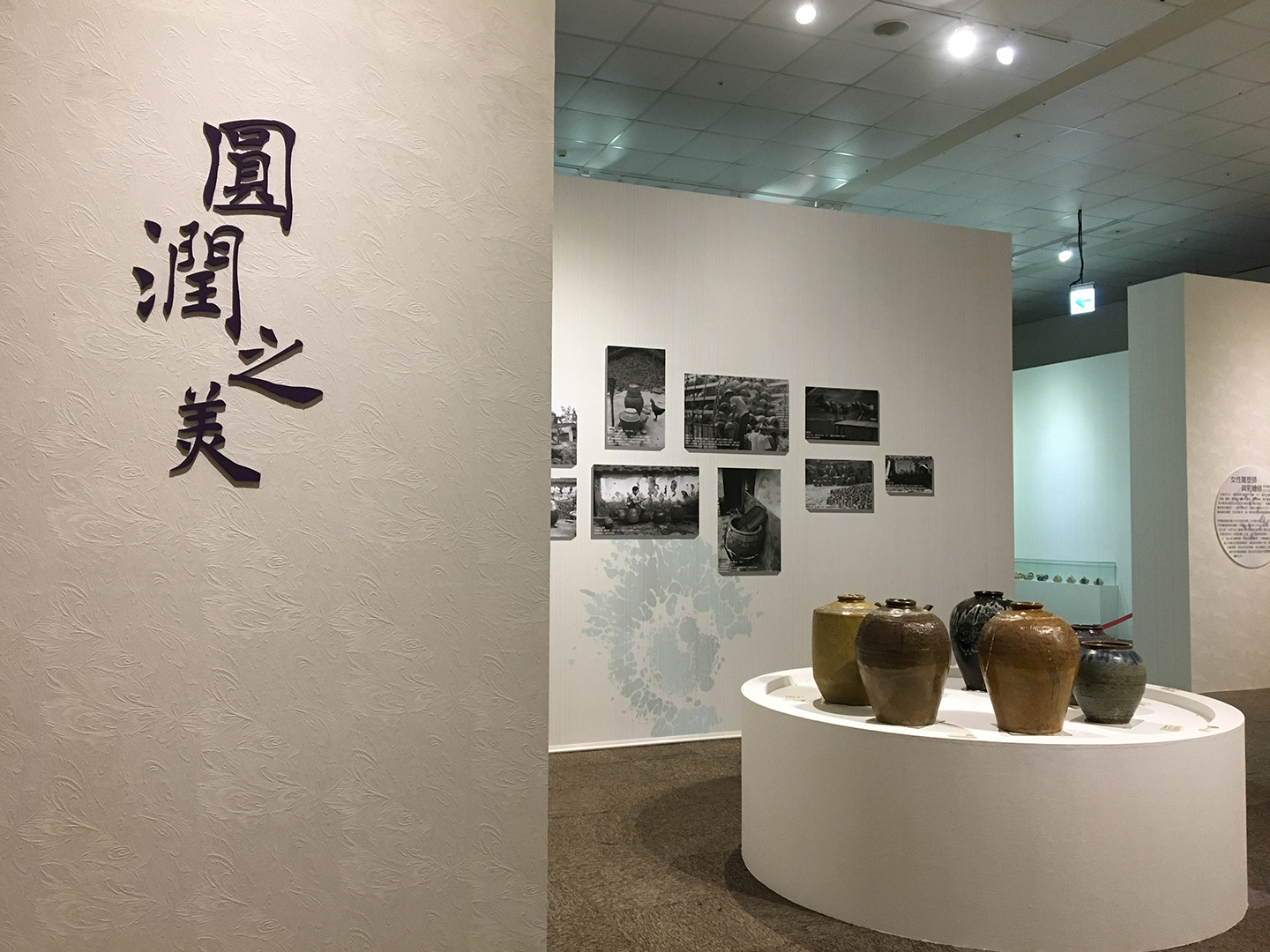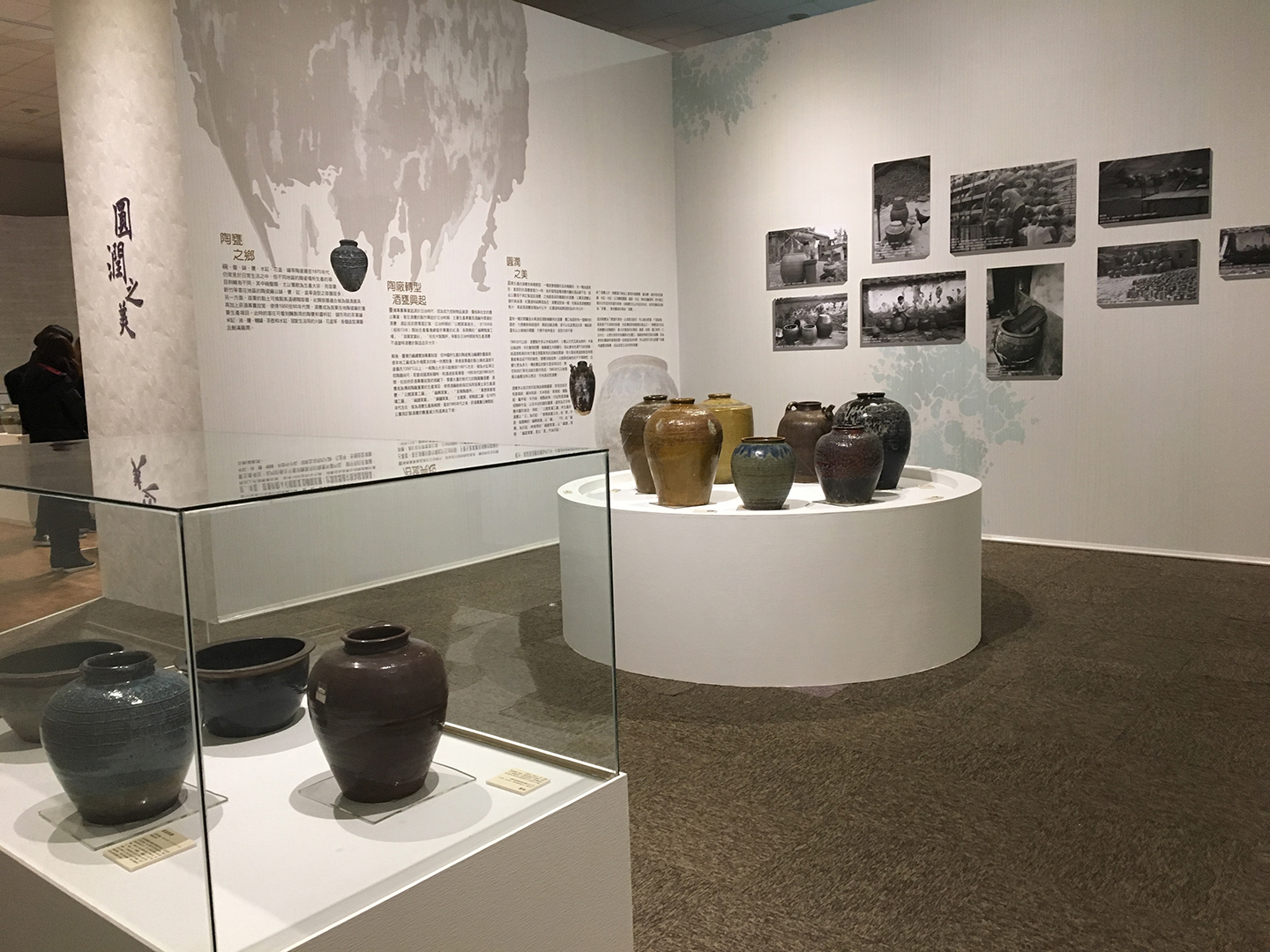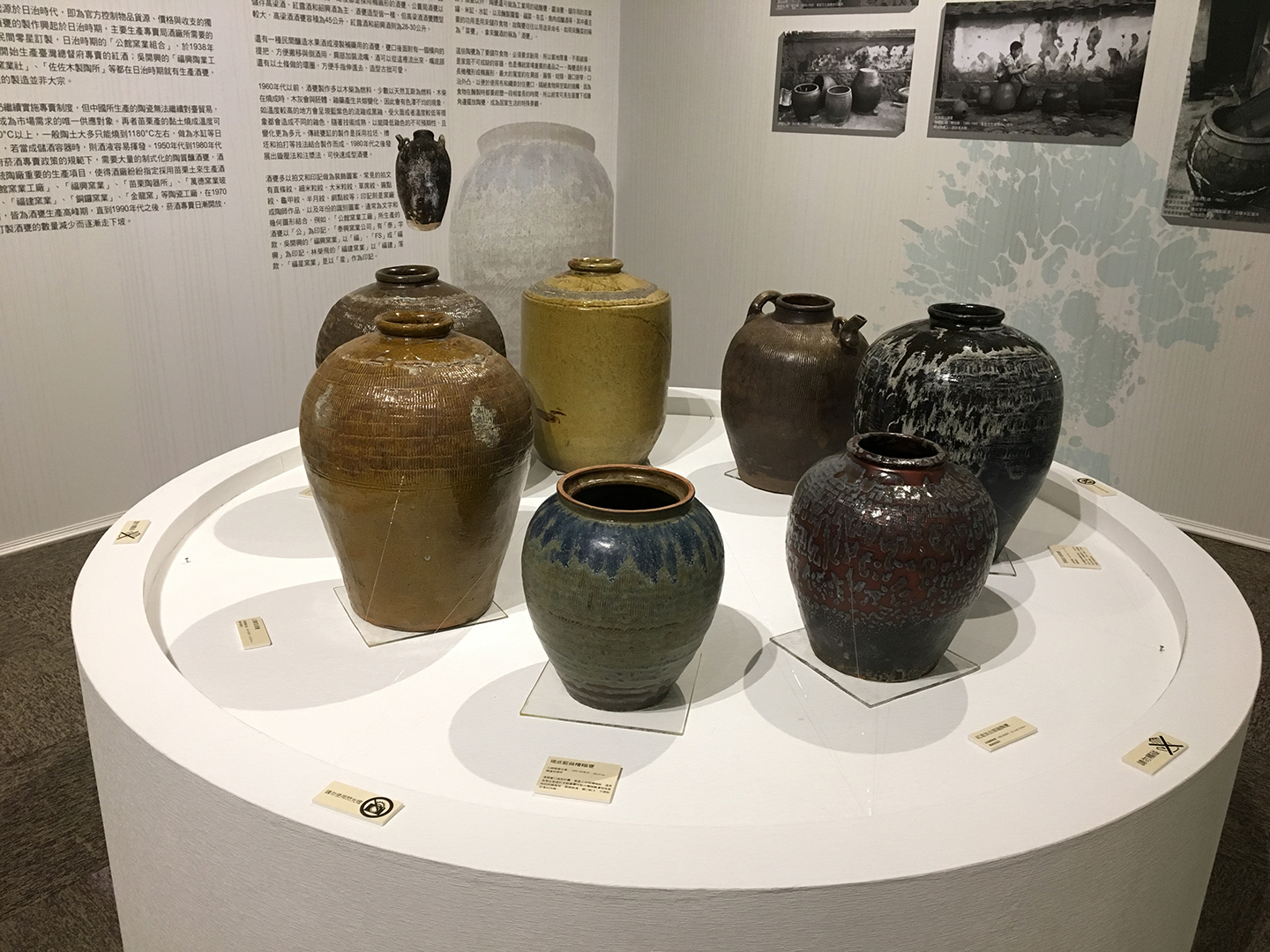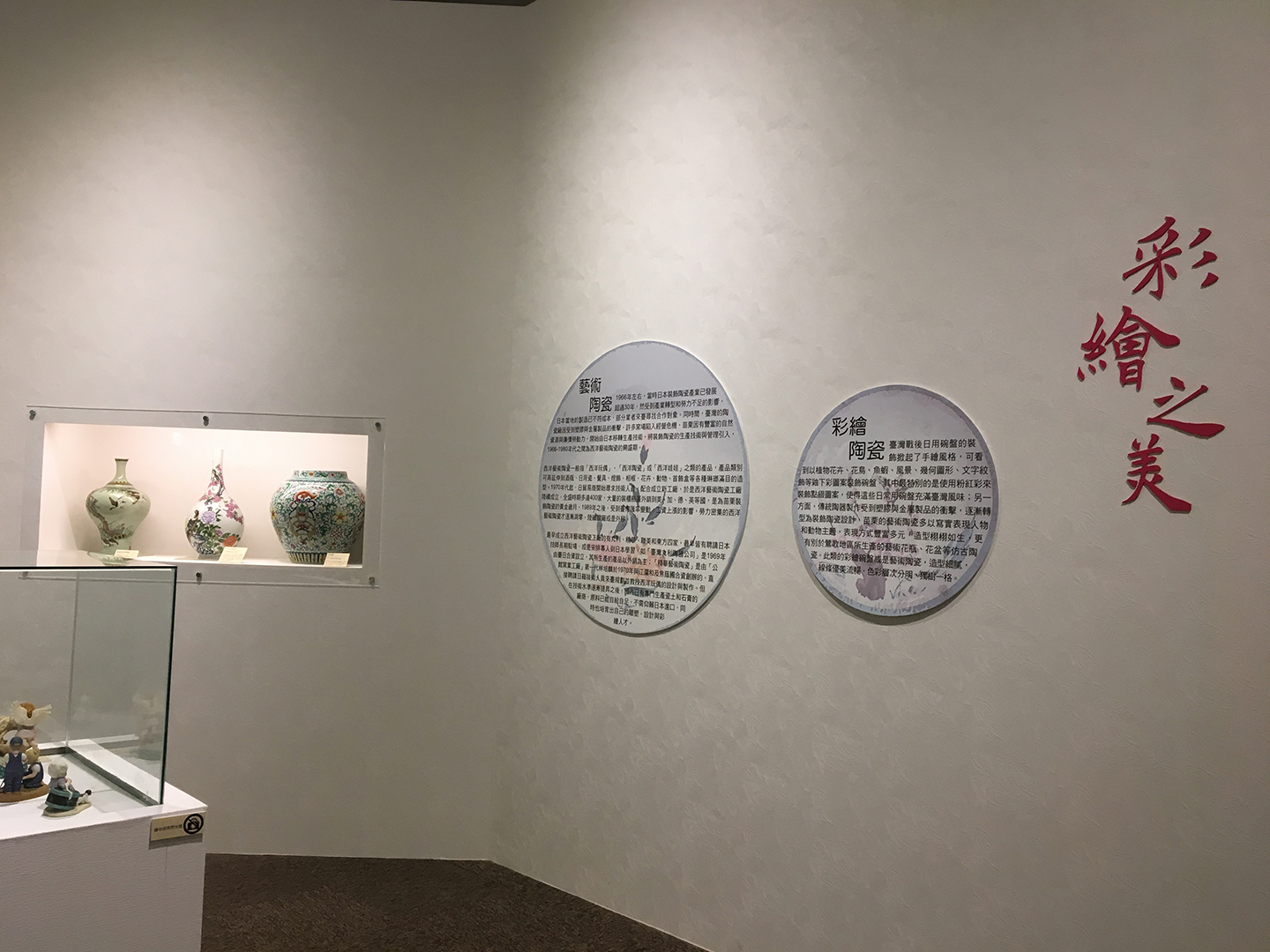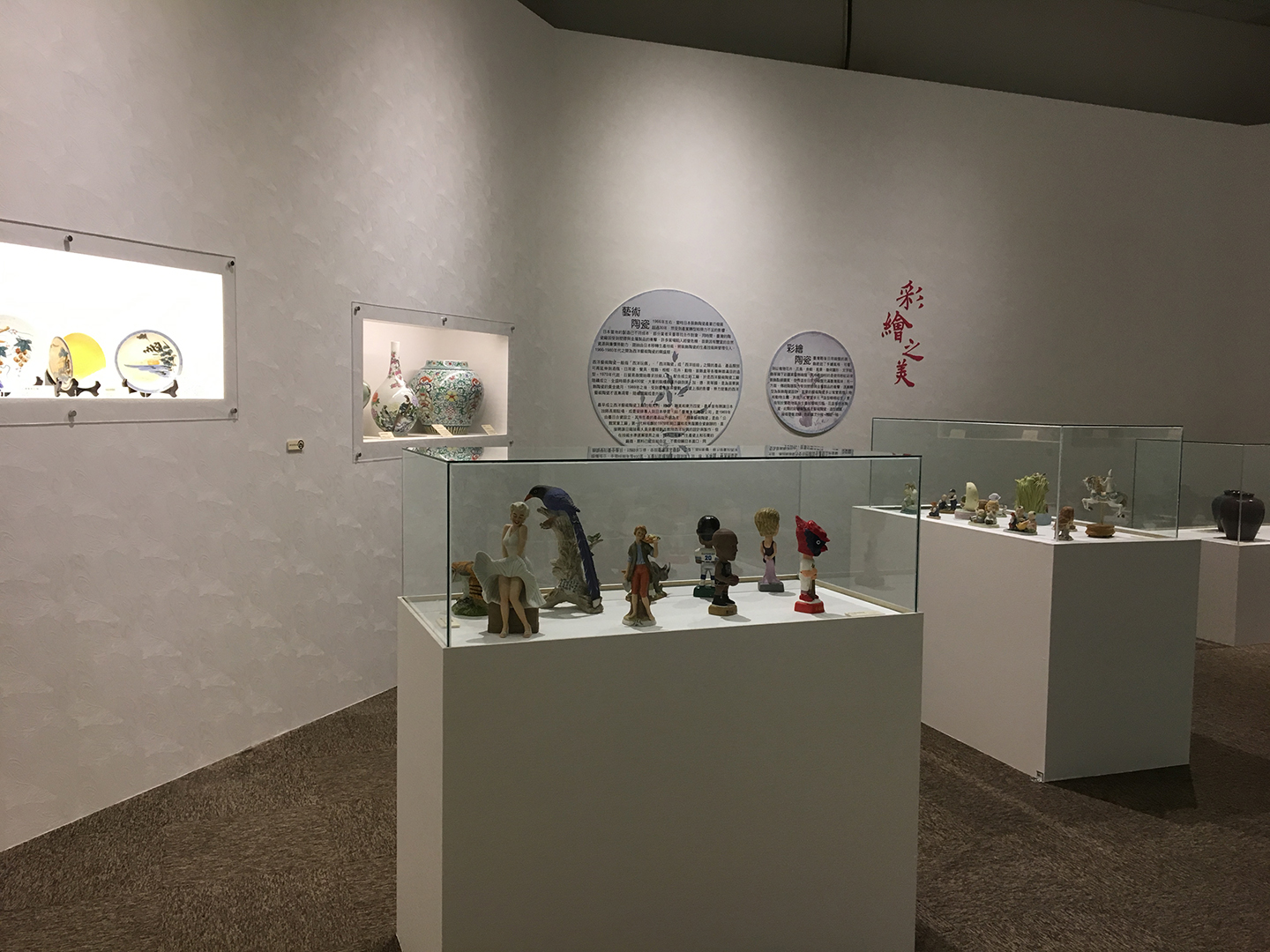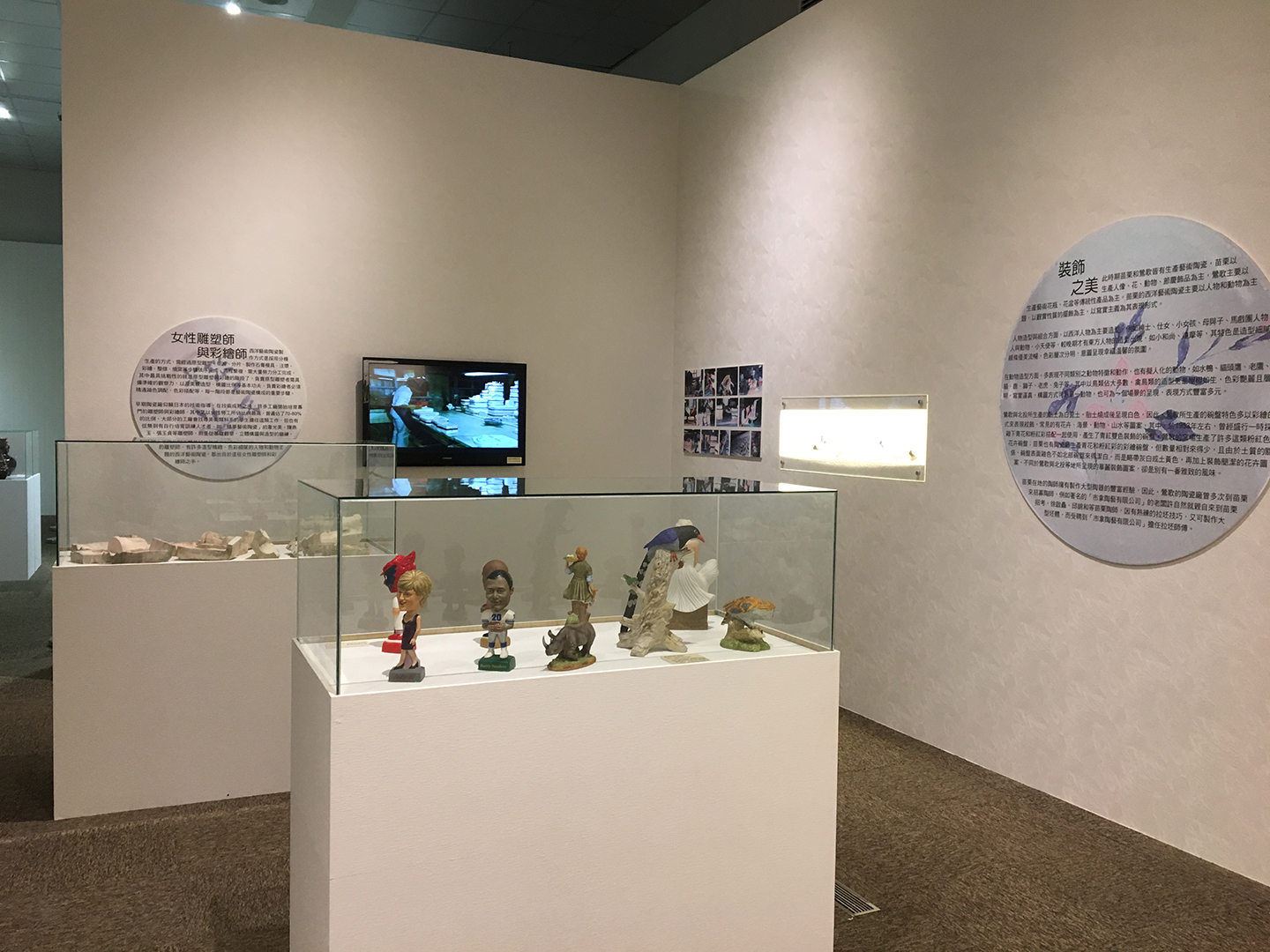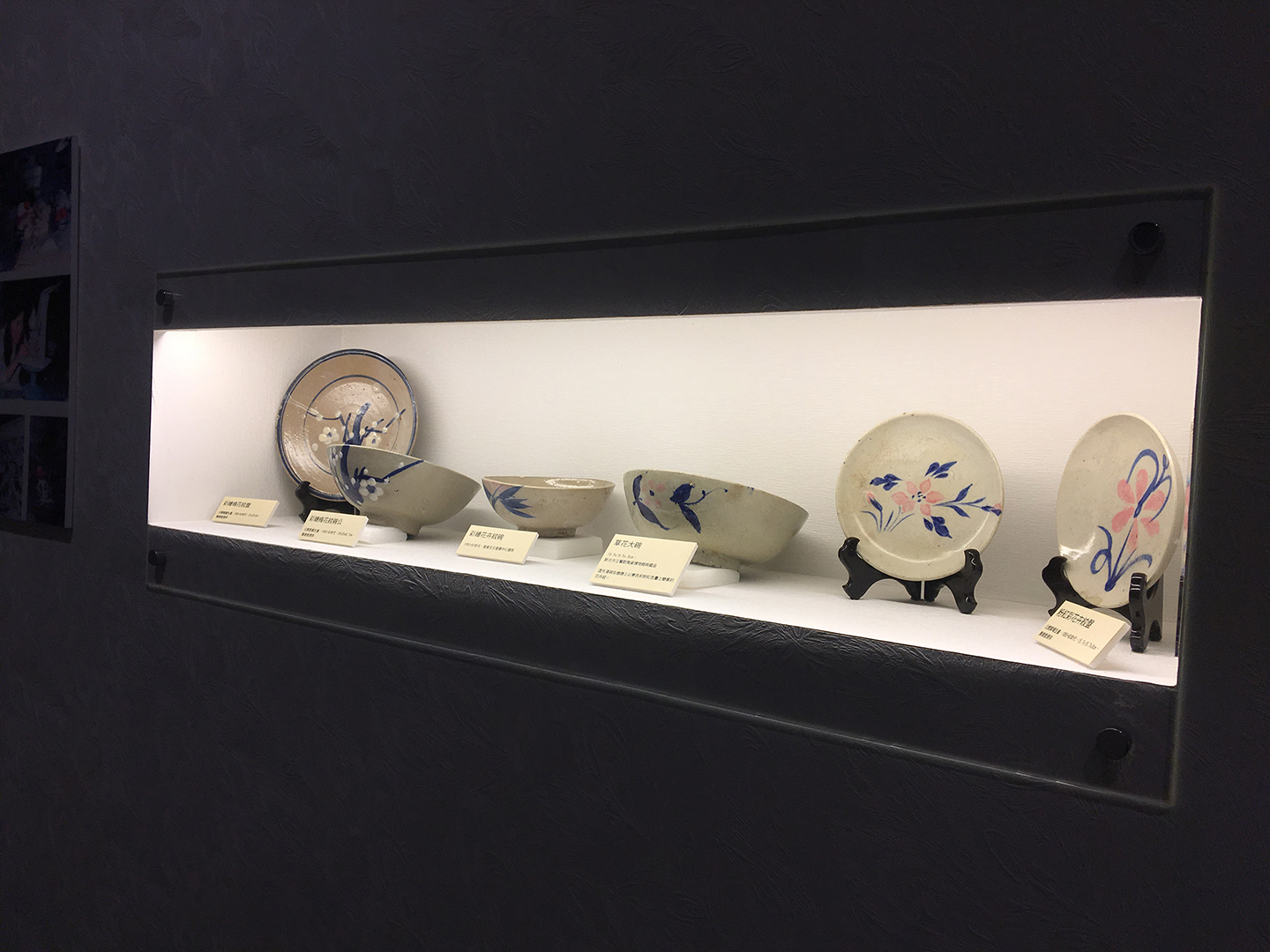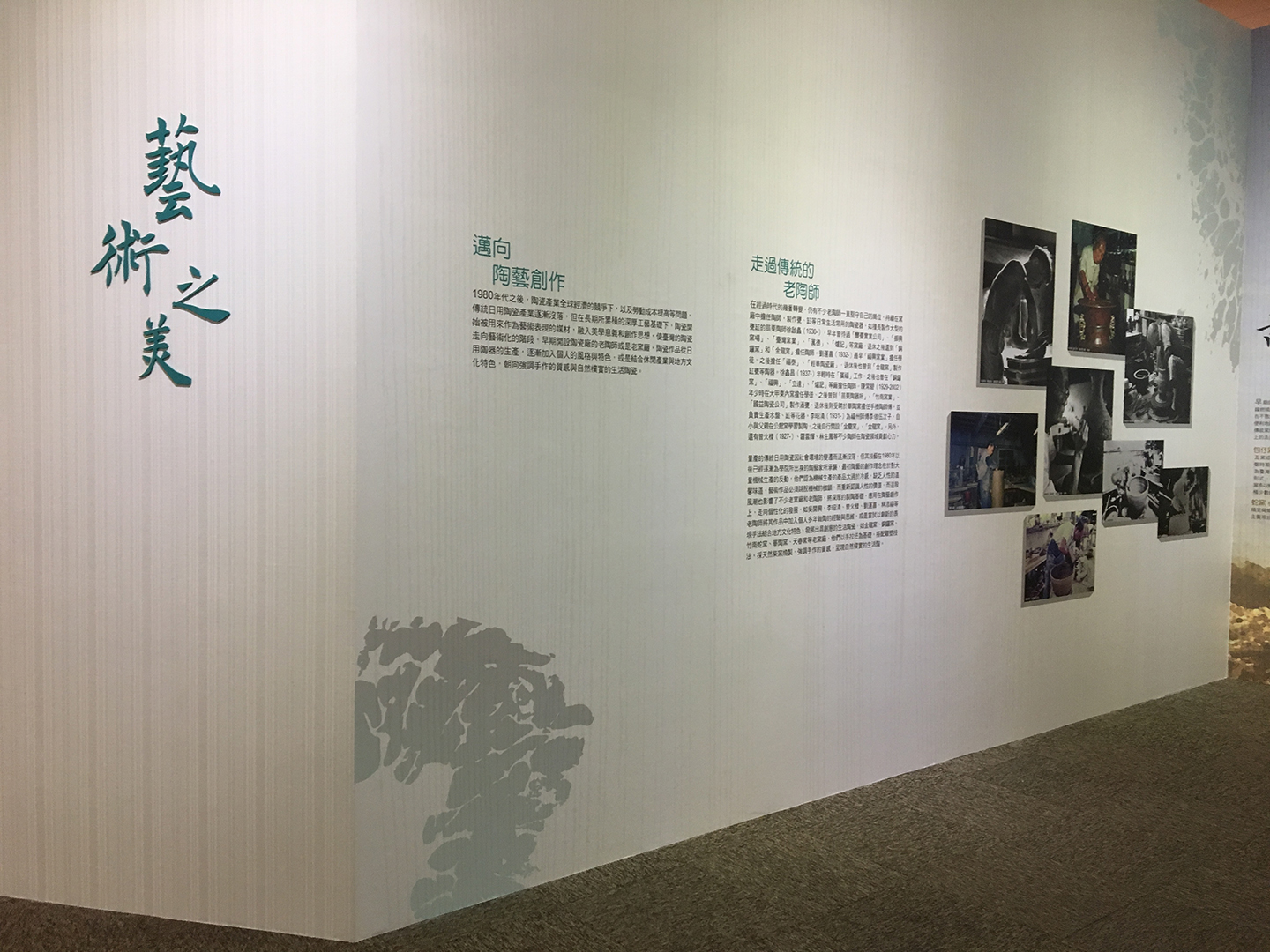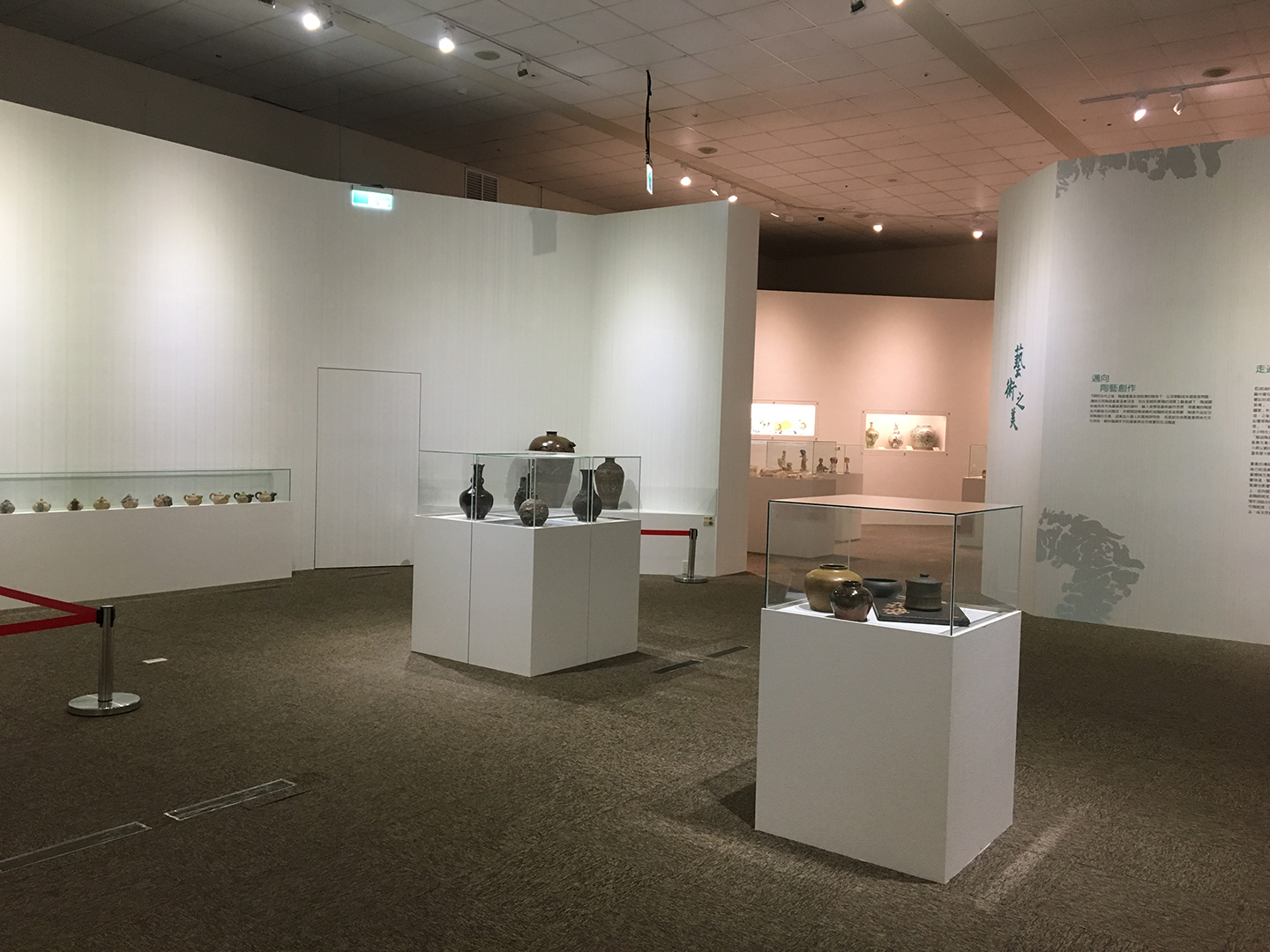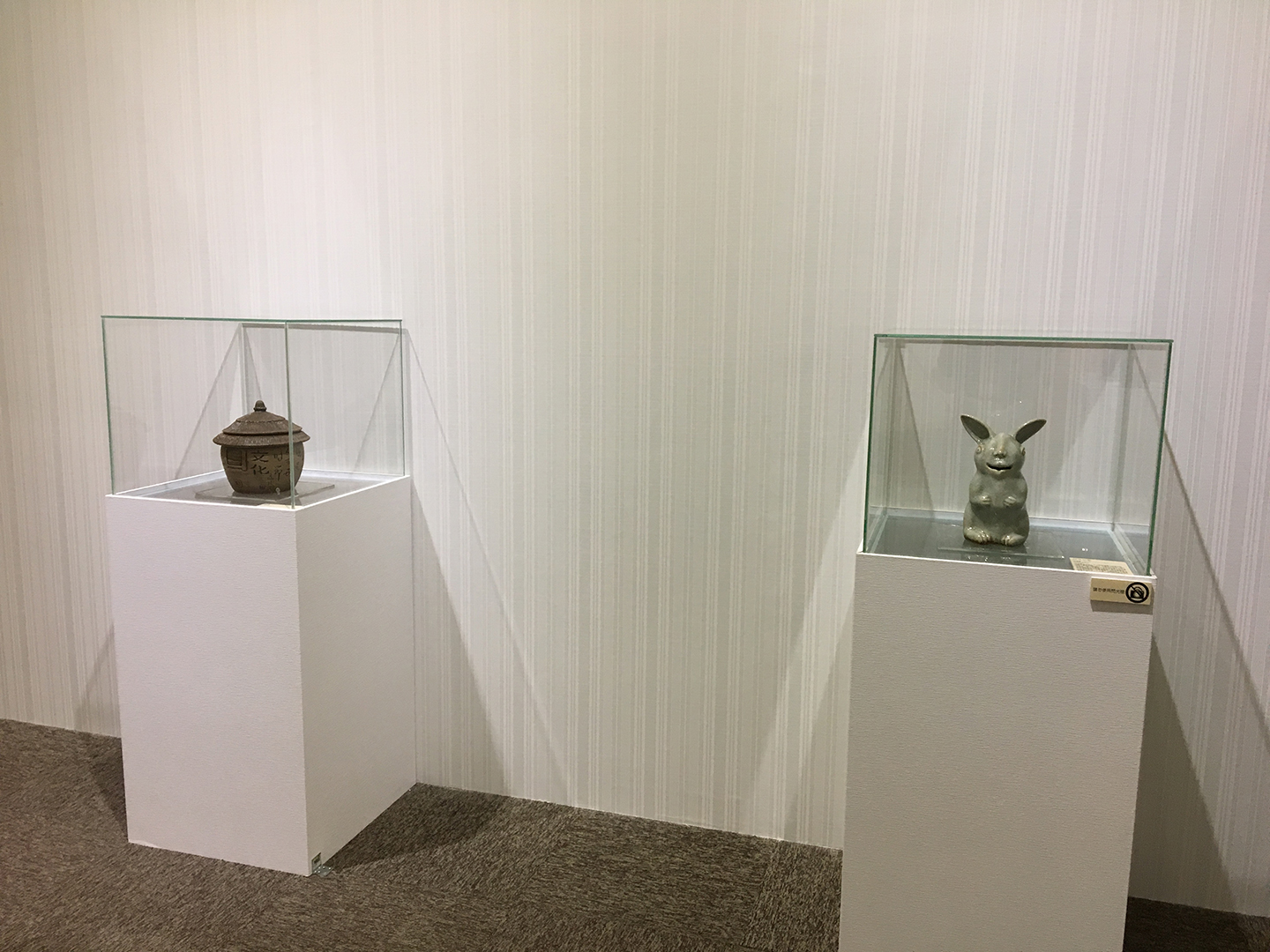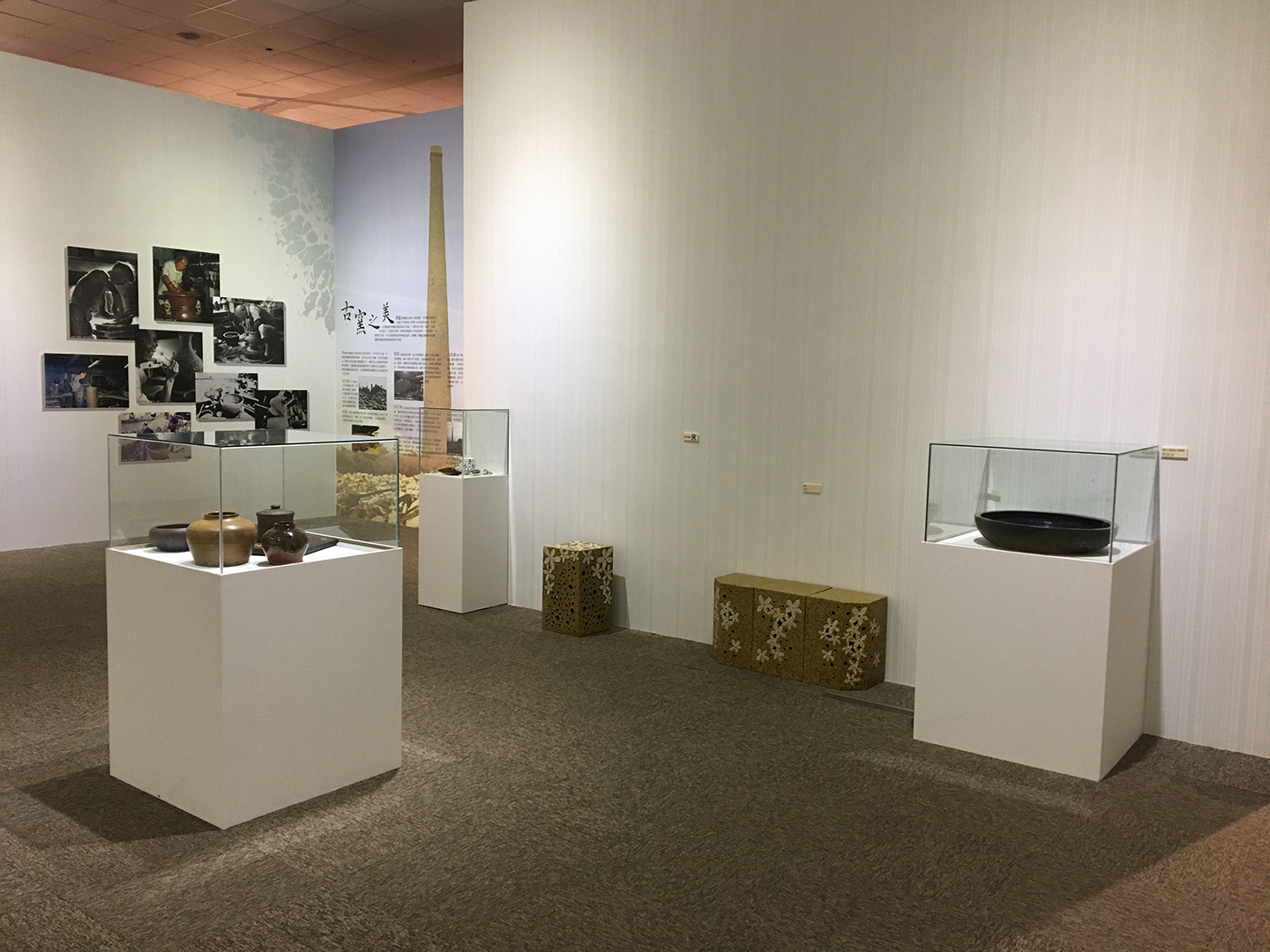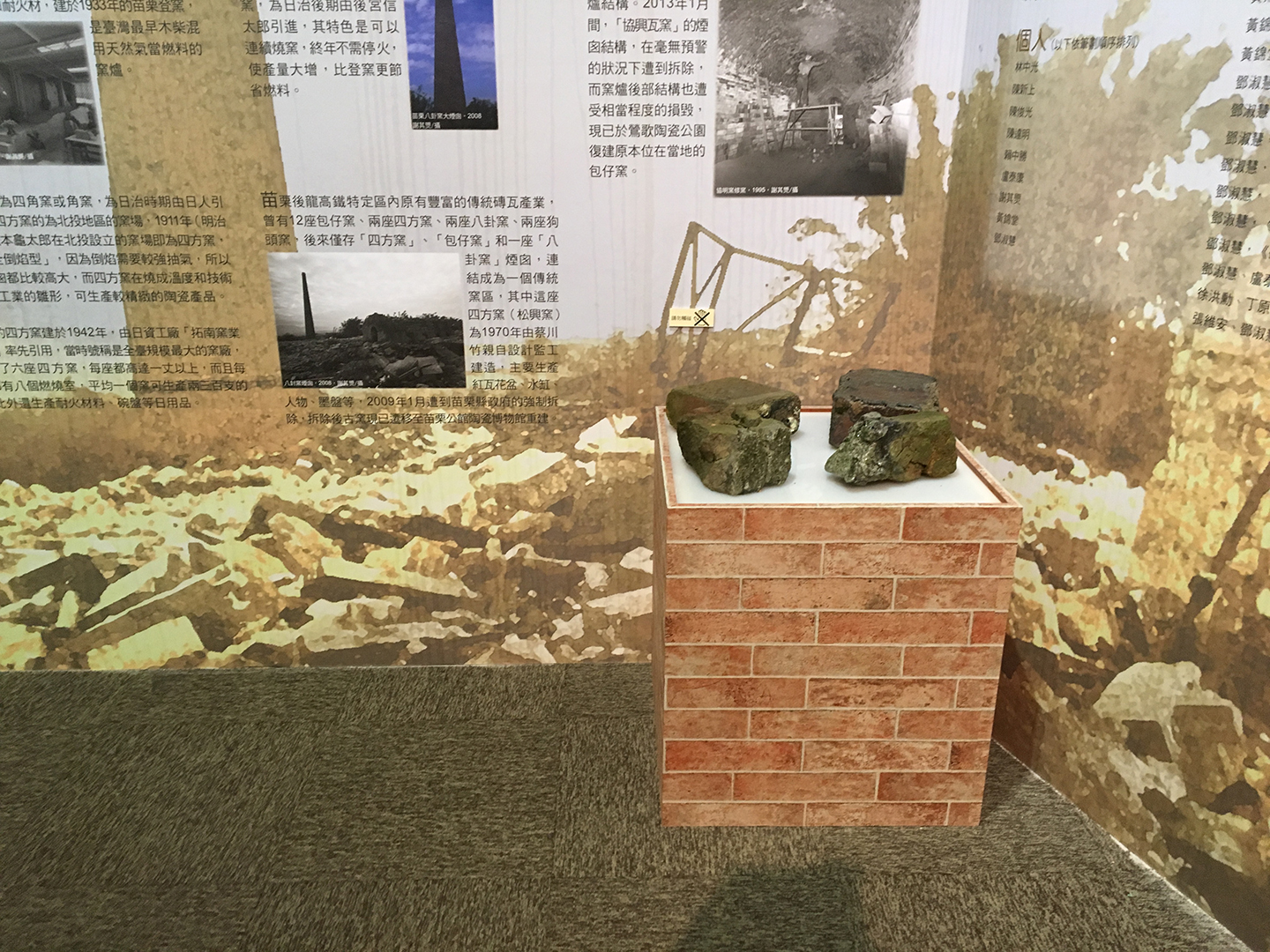Exhibition Review
1st Special Exhibition Hall - Hakka Delusion "Ceramics Special Exhibition of Hakka Villages"
|
Exhibition time: February 9th, 2018 to January 1st, 2019 Opening ceremony: February 9th, 2018 (Friday) 11:00 – 12:00 Venue: 1st Special Exhibition Hall, Taiwan Hakka Museum, Hakka Culture Development Center (No.6, Tongke South Road, Jiouhu Village, Tongluo Township, Miaoli County)
Exhibition concept The ceramics industry of Hakka villages in Miaoli and Hsinchu originated from the Japanese colonial period. The industry mainly based on the manufacturing and production of daily life appliances such as bowls, dishes, basins, tanks and jars. It is also closely related with people’s daily activities. After the war, due to the impact of the big environment, traditional ceramic factories were transformed into manufacturers of wine cellars and exports of decorative ceramics, while traditional styling ceramics of the past continue to be widely used by people on a daily basis. The style of ceramics at Hakka villages tend to be simple and natural, and is based on practicality, reflecting upon the unpretentious attitude and connotation of Hakka families. This exhibition is divided into 6 major themes, including ‘Beauty of Inheritance’, ‘Beauty of Quaintness’, ‘Beauty of Mellowness’, ‘Beauty of Painting’, ‘Beauty of Art’ and ‘Beauty of Ancient Kiln’ to present the ceramic characteristics and humanistic spirit of each period of Hakka villages.
Beauty of Inheritance The history of Taiwan’s ceramics production can be traced back to primeval pottery such as rope ceramics made by Taiwanese aborigines in the Neolithic period; Since the 17th Century, due to the large number of Han Chinese immigrants and the needs of industry and commerce, more diverse artifacts and techniques are included. Ceramic pots such as bowls and dishes made by kilns in Southern China have become common utensils in daily Taiwan. Only after the 18th Century (during the Qing Jiaqing years) did Taiwanese Han started to produce their own tiles for ceramic production, thereby fueling the history of ceramics production in Taiwan.
Beauty of Quaintness During the Japanese colonial period, Japanese discovered clay suitable for ceramics production in areas such as Miaoli, Hsinchu, Taichung and Beitou. In particular, Miaoli is home to high quality clay and natural gas resources, which are suitable as raw materials and fuel for ceramics production. At the same time, the government promoted the policy of industrial production and craftsmanship education. Also, by introducing Japanese new kilns, rewarding investors coming to Taiwan, and hiring Japanese professional technicians to teach ceramics technology, Taiwan’s ceramics industry has been systematically developed to enter an era of industrialization and mechanization with the improvements of new technologies and machineries.
Beauty of Mellowness Potteries such as bowls, dishes, basins, jars, tanks, pots and cans remained to be widely seen in everyday lives until the 1970s. However, the production of ceramics in different regions is slightly different. For example, utensils such as bowls and dishes are mainly produced in Yingge; ceramics factories in Hakka village areas such as Miaoli and Hsinchu mostly produce instruments such as basins, jars, tanks and pots; on the other hand, clays from Miaoli can endure high temperature to modl into hard ceramic containers. Such containers are ideal for wine storage, coupled with the tobacco and alcohol monopoly policy, wine cellar was an important production project of Miaoli ceramics factories from the 1950s to the 80s. In Hakka villages of the time, you may find ceramic jars and saucing tanks for pickling, tea cans for storage, rice tanks, oil, salt, sugar cans, teapots and water tanks, fire pots and flower pots for everyday life and so many more in different shapes and sizes.
Beauty of Painting Taiwan’s post-war daily dish decoration started to adopt a hand-painted style, in which patterns of plants, flowers, birds, fish, shrimps, landscapes, geometric figures, texts and other glazed patterns can be found to decorate the bowls and dishes. Amongst which, the most special decoration is to use pink embellishment patterns, making these daily dishes full of Taiwanese flavor; on the other hand, traditional ceramics production is influenced by plastic and metal products, thereby gradually transforming into decorative ceramic designs. Decorative ceramics from Miaoli mostly present themes of human and animals in a realistic way of rich and diverse expressions, giving the patterns vivid images, which is widely different from the antique ceramics of artistic flower pots and vases as produced in Yingge region. Such color-painted ceramic utensils or decorative ceramics are of exquisite shapes, with beautiful and smooth lines and distinct colors.
Beauty of Art After the 1980s, under the global economic competition of the ceramics industry and the increase of labor costs, traditional daily ceramics industry has gradually declined. However, under the foundation of long accumulation of craftsmanship, ceramics have begun to be used as a medium for artistic expression, incorporating aesthetic significant and creative thinking, allowing Taiwan’s ceramics to enter the stage of artisticization. For old ceramicists that opened ceramics factories in the earlier days or old kiln factories, their ceramic works have begun to embed personal style and characteristics apart from the production of daily-use pottery, or combine leisure industry with local cultural characteristics, emphasizing on the texture and natural simplicity of hand-made work for daily-use ceramics.
Beauty of Ancient Kiln The kiln is the main equipment for ceramics production. From the development of kilns, one may easily see the technology and knowledge of people in fire control in the different periods of time. Since the Qing Dynasty, Taiwan’s kilns can be distinguished by style, including bun kilns, snake kilns, deng kilns, square kilns, 8 diagrams kilns, etc. In the early days, kilns are fueled by raw coals, but with the introduction of electrical kilns and gas kilns, the successful rate and quality of ceramics making have been greatly improved, thereby driving a trend for new kilns to replace the old ones. Traditional kilns gradually find themselves in the face of the fate of being demolished, causing catastrophic damages to the preservation of historical buildings or cultural assets.
|
